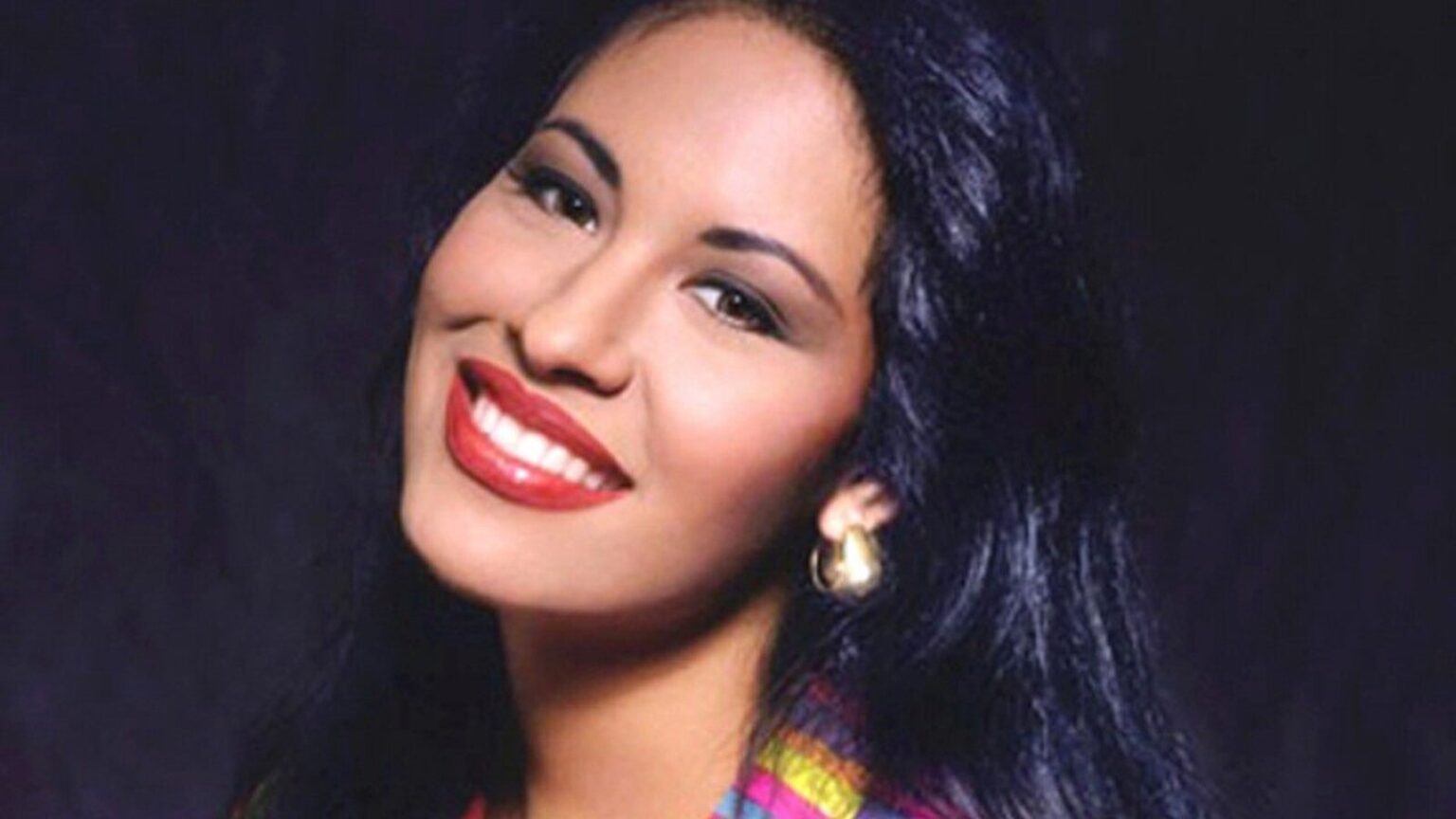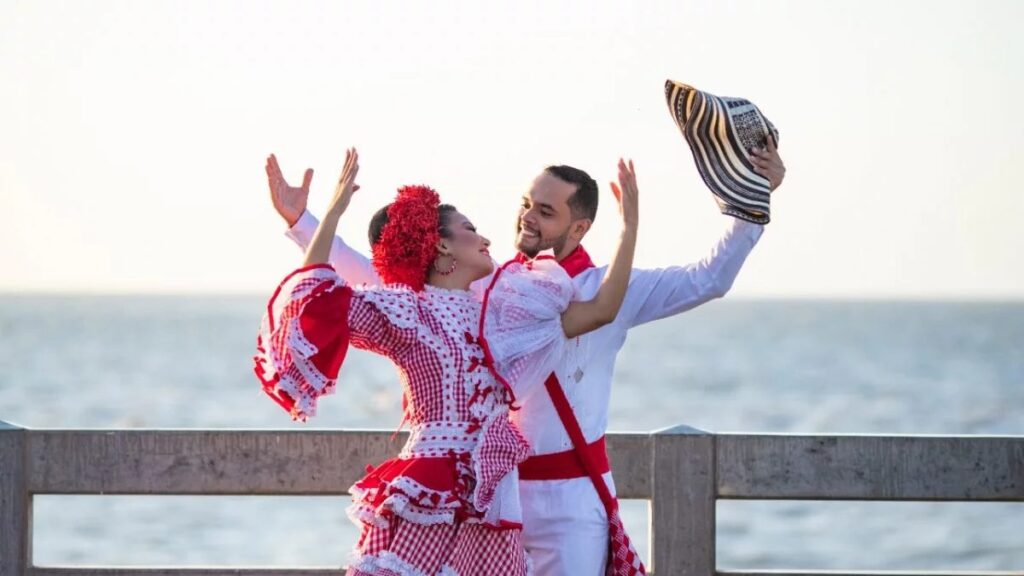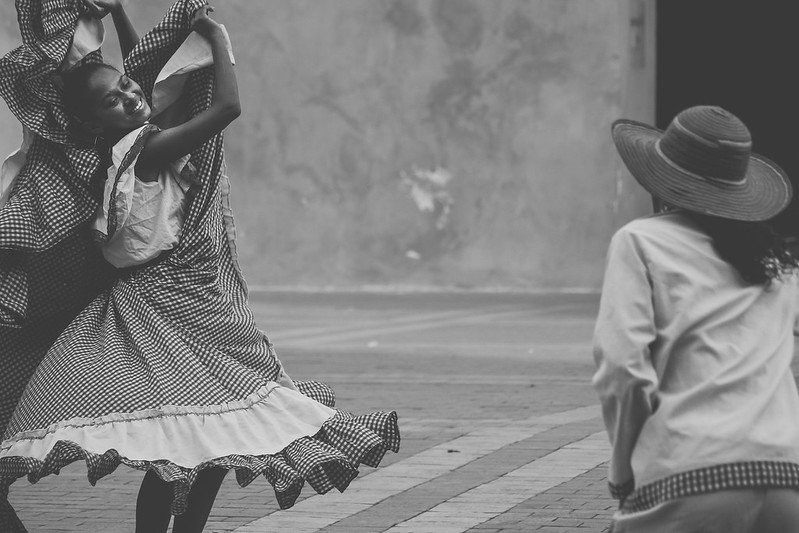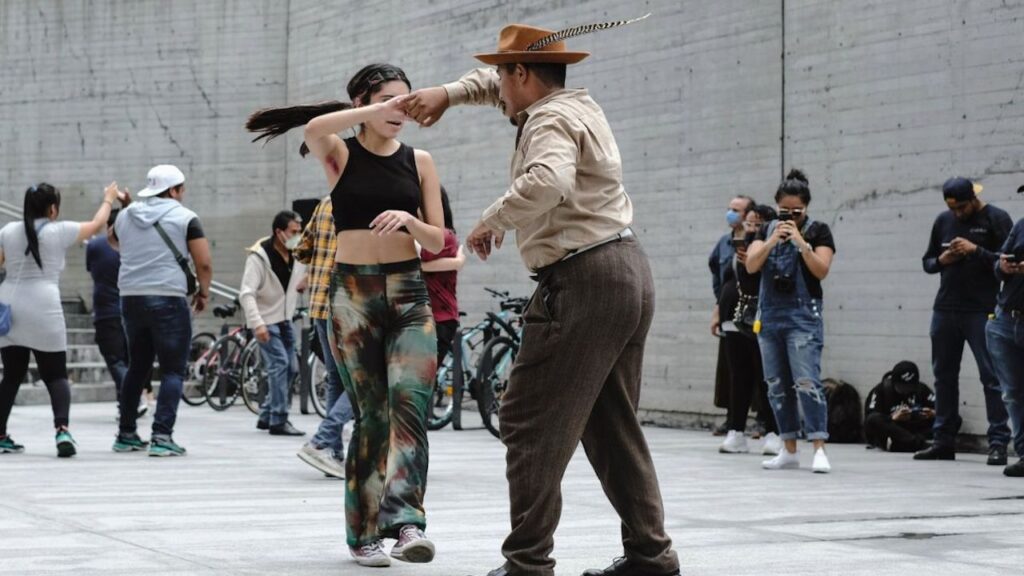
Just how hard *is* it to dance salsa cubana?
Salsa Cubana, also known as Cuban salsa, is a dance style that pulses with a unique and captivating rhythm. Rooted in the rich cultural tapestry of Cuba, this dance form intertwines Afro-Cuban beats, Spanish melodies, and indigenous influences to create a mesmerizing blend of movement and music.
The rhythm of Cuban salsa is both inviting and intricate, inviting dancers to immerse themselves in a world of complex footwork, syncopated patterns, and a deep connection with the music. In this article, we’ll explore the nuanced and complicated rhythm of dancing Cuban salsa, shedding light on its characteristics, challenges, and the exhilarating experience it offers to dancers.

The Essence of Cuban Salsa’s Rhythm
Cuban salsa is characterized by its infectious clave rhythm, which forms the backbone of the dance’s musical foundation. The clave is a rhythmic pattern that underpins various Afro-Cuban and Latin music genres, serving as a guide for dancers to connect their movements to the music’s beats.
In Cuban salsa, there are two main types of clave rhythms: the 3-2 clave and the 2-3 clave. These claves create the rhythmic structure that dancers follow, intertwining with the melodies and instrumentation to create the dance’s distinctive groove.
Syncopation and Polyrhythms
At the heart of Cuban salsa’s rhythm lies syncopation – the placement of accents on weak beats, creating a layered and textured sound. This syncopation is what gives Cuban salsa its complex and lively feel, challenging dancers to move with precision and flair.
The dance often incorporates polyrhythms, where multiple rhythmic patterns coexist within the music. Dancers must navigate these intricate polyrhythms, creating a dance that weaves seamlessly between different beats and accents.

Footwork and Musical Interpretation
Dancing Cuban salsa requires dancers to have a deep understanding of the music’s structure and nuances. As the music shifts between the 3-2 and 2-3 clave rhythms, dancers must adjust their footwork and steps accordingly.
The interplay between the clave and the musical instruments guides dancers’ movements, influencing the timing, direction, and energy of their steps. This intricate footwork allows dancers to interpret the music’s intricacies and express themselves through movement.
Partner Connection and Call-and-Response
Cuban salsa is often danced in a partner format, emphasizing the connection between dancers. The rhythm influences the way partners interact, creating a call-and-response dynamic where one partner’s movement corresponds to the other’s.
This connection reflects the genre’s roots in social and community dances, where communication through movement was essential. The rhythm of Cuban salsa serves as a guide for these interactions, allowing partners to communicate, improvise, and create a captivating dance dialogue.

Layered Styling and Expressiveness
The rhythm of Cuban salsa invites dancers to explore layered styling and body movements. This can include hip isolations, shoulder rolls, and arm extensions that enhance the visual appeal of the dance.
The syncopated rhythm provides a canvas for dancers to add embellishments and flourishes, adding depth and dimension to their movements. Styling in Cuban salsa is not just about aesthetics; it’s a way to further engage with the music’s intricate rhythm and express emotions through the dance.
Challenges and Rewards
Dancing Cuban salsa’s complicated rhythm presents challenges that dancers must overcome through practice and dedication. The syncopated patterns and polyrhythms can be initially daunting, requiring dancers to develop a keen sense of timing and coordination.
However, as dancers become more attuned to the rhythm, they unlock a world of creativity and musicality. The reward lies in the satisfaction of mastering the intricacies of the dance, seamlessly navigating the rhythm, and experiencing the joy of synchronizing movement with music.

Last dance
Cuban salsa’s rhythm is a symphony of complexities that reflects the cultural diversity and historical influences of its birthplace. The dance’s connection to Afro-Cuban traditions, Spanish melodies, and indigenous rhythms creates a layered tapestry of sound that dancers unravel through their movement.
The intricate footwork, syncopated patterns, and call-and-response dynamics of Cuban salsa invite dancers on a journey of exploration and expression. As dancers navigate the dance’s rhythm, they find themselves not only mastering steps but also forging a deeper connection with the music, their partner, and the cultural heritage that shapes the dance’s essence.
Cuban salsa’s rhythm is an invitation to embrace the complexities, dive into the dance’s history, and experience the joy of moving to a rhythm that pulses with the soul of Cuba.
If you’re ready to take the plunge and embark on your future as a latin dancer, check out Salsa Sana, learn all about the dancer life and start your dance training online.



